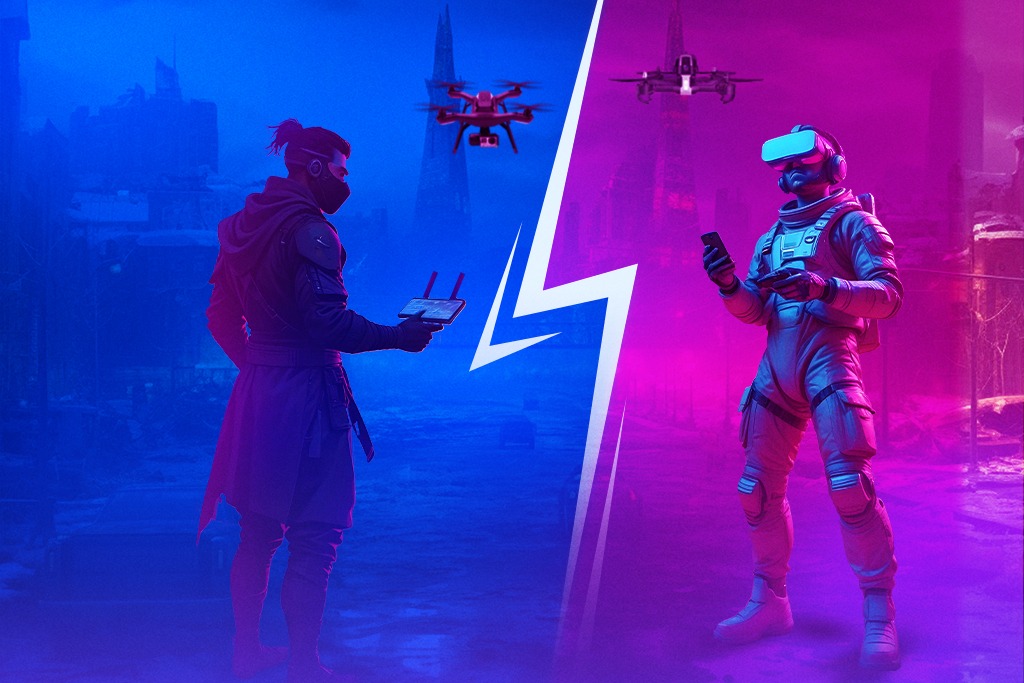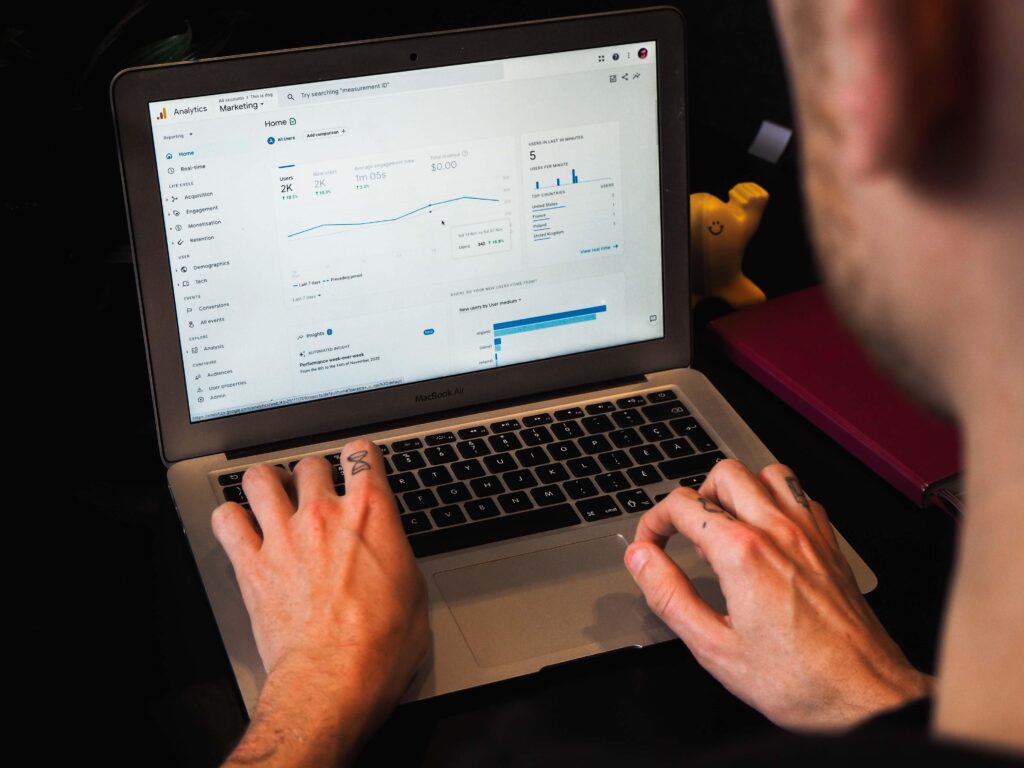When it comes to choosing between FPV (first-person Person View) drones and normal drones, it’s important to understand that each type has its own unique advantages and applications. Determining which one is the best depends on your specific needs and the purpose you intend to use the drone for. Here’s a detailed comparison to help you make an informed decision.
FPV Drones
What Are FPV Drones?
FPV drones are equipped with a camera that transmits live video feed directly to the operator, often through goggles or a monitor. This setup gives the operator a first-person view, similar to what they would see if they were flying in the drone themselves.
Advantages of FPV Drones:
Immersive Experience:
- FPV drones provide a highly immersive flying experience, making them popular among hobbyists and drone racing enthusiasts.
- The real-time video feed allows for precise maneuvers and complex aerobatics, which are essential in drone racing.
High-Speed Performance:
- FPV drones are often designed for speed and agility, allowing them to perform quick turns, flips, and other dynamic movements.
- They are ideal for capturing fast-paced action shots, such as extreme sports or dynamic landscapes.
Manual Control:
- These drones usually offer more manual control and customization options, enabling pilots to fine-tune their flying experience.
- FPV drones allow for more direct control over the drone’s movement, making them suitable for advanced users seeking a hands-on flying experience.
Customizable:
- Many FPV drones are customizable, allowing users to modify parts and upgrade components for enhanced performance.
- Enthusiasts can build their FPV drones from scratch, tailoring them to specific preferences and needs.
Disadvantages of FPV drones:
Steeper Learning Curve:
- Operating FPV drones can be challenging for beginners due to the manual controls and fast speeds.
- The first-person view can be disorienting for new pilots, requiring practice and experience to master.
Shorter flight times:
- FPV drones typically have shorter battery life compared to normal drones, often lasting between 5 and 10 minutes per flight.
- High-speed performance and dynamic maneuvers drain the battery quickly, necessitating frequent recharges or battery swaps.
Limited camera quality:
- While some FPV drones have good cameras, they are generally not optimized for high-quality photography or videography.
- The focus is more on speed and agility than capturing cinematic-quality footage.
Potential Legal and Safety Concerns:
- Due to their high speeds and acrobatics, FPV drones may pose safety risks, especially in crowded or restricted areas.
- Regulations may limit their use in certain regions, requiring operators to adhere to local laws and obtain the necessary permits.
Normal Drones
What Are Normal Drones?
Normal drones, often referred to as camera drones or GPS drones, are equipped with cameras designed to capture high-quality photos and videos. These drones are typically used for photography, videography, and aerial mapping.
Advantages of Normal Drones:
High-Quality Cameras:
- Normal drones often come with high-resolution cameras, some even supporting 4K or higher video quality, making them ideal for professional photography and videography.
- Advanced stabilization features ensure smooth and clear footage, even in windy conditions.
Stability and Ease of Use:
- These drones are generally easier to fly, thanks to GPS stabilization and automated flight modes like hovering, orbiting, and waypoint navigation.
- Beginners can quickly learn to operate normal drones, benefiting from features like auto-takeoff and landing.
Longer Flight Times:
- Normal drones typically offer longer flight durations, ranging from 20 to 30 minutes, allowing for extended shooting sessions.
- Efficient battery management systems help maximize flight time, making them suitable for prolonged aerial surveys or mapping tasks.
Versatile Applications:
- Suitable for a wide range of applications, including real estate, agriculture, wildlife observation, and recreational use.
- Features like waypoint navigation and autonomous flight modes enhance versatility for various projects and industries.
Built-in Safety Features:
- Most normal drones come equipped with obstacle avoidance systems and return-to-home functions for added safety.
- Built-in GPS and geofencing capabilities prevent drones from entering restricted zones or encountering hazards.
Disadvantages of Normal Drones:
Limited Maneuverability:
- Normal drones are not as agile or fast as FPV drones, limiting their ability to perform acrobatic moves or high-speed chases.
- They are better suited for stable, controlled flights rather than aggressive maneuvers.
Less Immersive Experience:
- While some normal drones offer FPV capabilities, the experience is not as immersive as dedicated FPV drones with goggles.
- The focus is on capturing quality footage rather than providing an adrenaline-pumping flight experience.
Higher Cost for Quality:
- High-end normal drones with advanced cameras and features can be expensive, especially models designed for professional use.
- Additional costs for accessories, such as extra batteries or premium software, may also add to the overall expense.
Bulkier Design:
- Normal drones are often bulkier and less portable than FPV drones, which can be inconvenient for travelers or outdoor enthusiasts.
- Some models require more setup time and preparation before takeoff, affecting spontaneous usage.
When choosing between FPV drones and normal drones, it ultimately comes down to what you’re looking for in your flying experience. FPV drones offer an adrenaline-fueled, immersive flight with agility and speed, making them perfect for racing enthusiasts and those who love performing acrobatic maneuvers. In contrast, normal drones prioritize stability and high-quality imagery, making them ideal for photographers and videographers seeking professional-grade footage. Whether you’re chasing thrills or capturing breathtaking visuals, each type of drone brings unique capabilities to the table.









